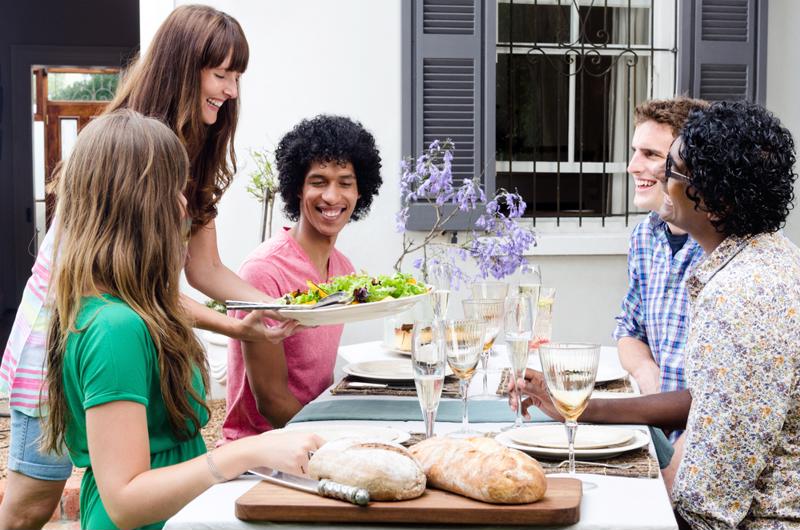2015 saw Champagne sales reach record highs of over $5.3 billion worldwide, according to the BBC. Clearly, this sparkling drink, widely associated with celebration and luxury, isn’t going out of style. Therefore, as part of your education in online culinary institutes, it’s important to familiarize yourself with the different types available and discover how they can pair deliciously with food. Here are the basics to get you started:
Know the types of sparkling wine
Before considering pairings, a chef must know the various types of Champagne. As Food & Wine explained, one key distinction to keep in mind is that only wine made from grapes grown in France’s Champagne region can accurately be called “Champagne.” Sparkling wines, on the other hand, may come from elsewhere, such as the brands based in Spain, Massachusetts and California.
“2015 saw over $5.3 billion in Champagne sales worldwide.”
Glass of Bubbly pointed out that another major difference depends on when the grapes were harvested. Vintage wines draw their flavors from grapes grown in a single year, while non-vintage ones come from a mix of several crops. That means vintage champagnes have a more individualized flavor. Non-vintage bottles generally need about a year and a half to mature, but a vintage Champagne should be allowed a minimum of three years.
Champagnes are usually made with a blend of grapes, including the black pinot noir and pinot meunier and the white chardonnay. However, as Total Wine discussed, the choice of grapes and their ratios differs, making a tremendous difference in the final product. Knowing a few key terms will help you to identify the taste profiles of different sparkling wines:
- Blanc de blanc means that the wine is made with all white grapes.
- Blanc de noirs, by contrast, features only black grapes.
- Rose combines red and white wines.
- Demi-sec indicates that the wine is very sweet.
- Sec means it is a little drier though still on the sweet side.
- Extra dry has a slight sweetness, despite the name.
- Brut is the driest variety.
Once you have a handle on the variations in sparkling wine, you can consider what flavors will best complement your signature dishes.
 The right champagne can enhance a variety of meals.
The right champagne can enhance a variety of meals.Find the right pairing
We all have our own preferences when it comes bringing together food and beverage. With a few guidelines, however, you can point diners in the right direction to maximize their enjoyment of both your cooking and a glass of sparkling wine.
Seth Box, the director of education for Moet Hennessy USA, told The Wall Street Journal that Champagne tends to match particularly well with foods that have high levels of fat and salt. Between the carbonation and light taste, a good sparkling wine will add to the experience without interfering with the food’s flavors.
The dry brut, with its acidity and low level of sugar, is perfect for drinking with a meal or snack. HGTV presented ideas like nuts, mushrooms, popcorn or scrambled eggs. A dry Champagne and seafood is a classic combination whether you’re serving shrimp, raw oysters or sushi. Keep in mind that while they’re great with pasta or risotto in a cream sauce, most sparkling wines do not pair well with heavy tomato sauces.
Keeping regional differences in mind can be very useful when choosing a wine. For instance, Epicurious suggested having the Italian-made, fruit heavy prosecco with a duck prosciutto or a salad of arugula, cherries and Parmigiano-Reggiano. The earthy taste of cava from Spain can be superb with oil-cured tomatoes, smoked fish or mussels.
According to Serious Eats, a blanc de blanc’s crisp, acidic nature makes it perfectly suited for deep-fried foods and soft cheeses. It pairs particularly well with fried chicken or fish, triple cream cheese or a goat cheese.
Select a demi-sec to sip with dessert, especially if the food itself is not exceptionally sweet. That means you have options like angel food cakes, lemon tarts or berries. A dark chocolate can go with either demi-sec or extra dry.
Learning about food and drink pairings can be an important part of your culinary academy education and help you to build a successful career in cooking. Of course, the only way to find the very best combinations is to experiment with different ingredients and beverages.


